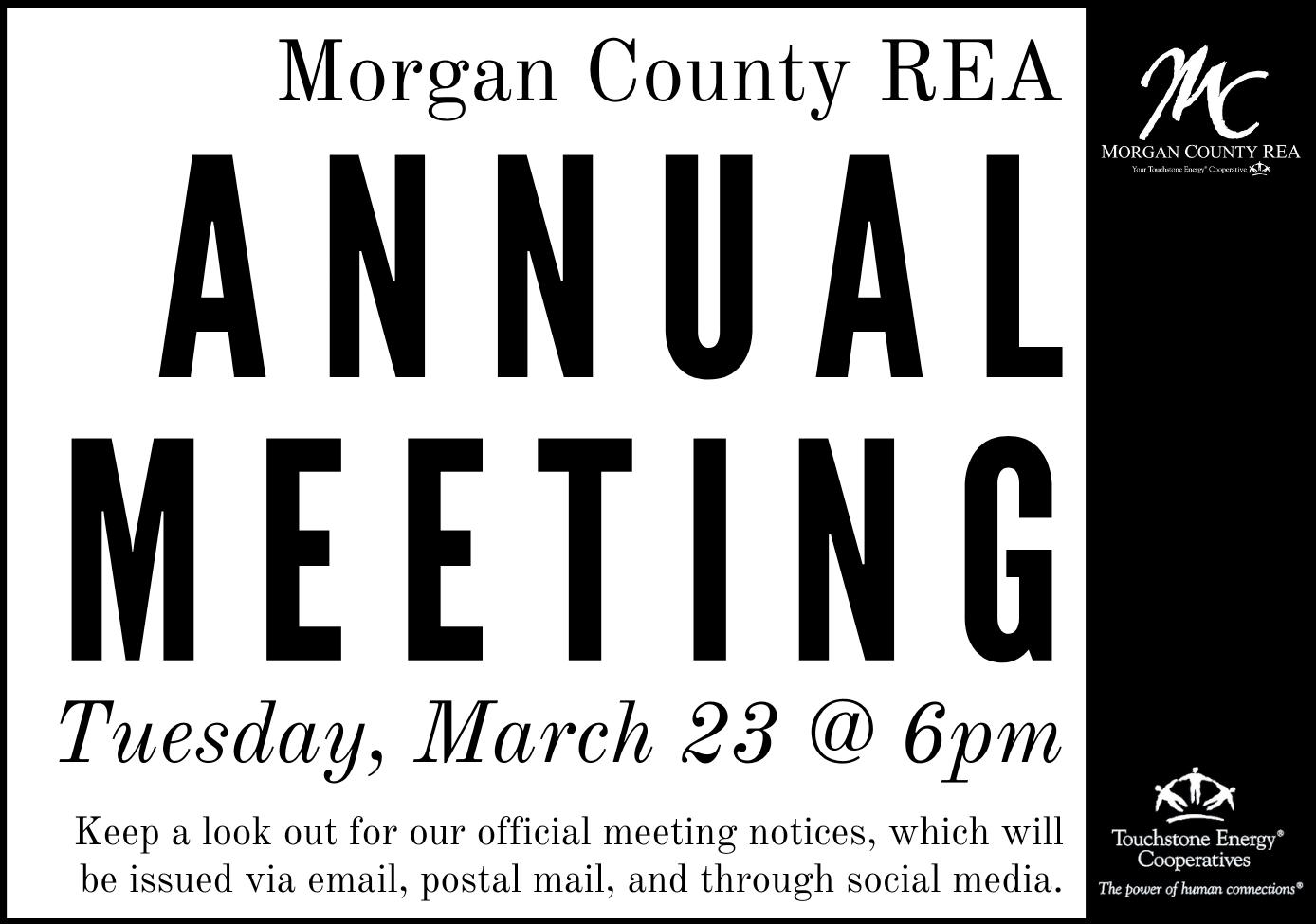
10 minute read
Colorado’s New Unemployment System

Lost Creek Guide January 20, 2021
Advertisement
Colorado’s New Unemployment System Flags Thousands of Claims For Fraud, Likely Including Some Innocents
By Andrew Kenney
The state labor department completed the installation of new software for the unemployment system on Sunday, including a fraud detection program that flagged thousands of benefits requests as suspicious.
The anti-fraud system looks for 27 attributes of suspicious accounts, ranging from claimants who are older than 100 years old to people listed in public records as deceased. If an account has several of those “triggers,” payments are frozen.
Out of about 32,000 claims for payment on Sunday, the anti-fraud system flagged about 20 percent. Anyone wrongfully flagged should call 303-536-5615, which is a state unemployment support line.
Colorado Department of Labor and Employment has been using the anti-fraud component for months in one unemployment program, Pandemic Unemployment Assistance. But with the system-wide software upgrade, the same measures will be applied to the regular unemployment program.
That could put a stop to millions of dollars in payments to criminal groups, but it also will temporarily suspend benefits to an unknown number of people wrongly caught in the software-powered net.
People flagged by the system’s earlier iteration have faced months-long waits for review, though Colorado officials are working to accelerate that with additional software.
The state is working to license an AI-powered system that could comb through cases flagged by the anti-fraud system. The software could verify identities en masse and would likely restore benefits more quickly for most people, but the details haven’t been confirmed. California has embraced such a product, though it still has faced complaints about delays.
Fraud has run rampant in unemployment systems across the U.S., with national and even international criminal groups using stolen identities to extract hundreds of millions of dollars from unemployment systems.
“It is going to be critical to us to stop the bleeding of fraudulent activity within the regular UI system, but what it’s going to mean is that some innocent claimants are likely to be caught up,” said Cher Roybal Haavind, deputy executive director of the state labor department.
That can be a painful experience. People flagged for fraud under PUA have gone weeks or months without benefits, awaiting review by the department’s investigators.
Despite that, Haavind said that the fraud detection system has been accurate so far. Well over 400,000 claims for fraud have been flagged in the PUA system, and about 5,000 were found to be legitimate after review.
The new PUA program was a ripe target for fraud because its identity requirements were relatively loose at first. When the first round of PUA expired late in December, Colorado and other states reported a wave of apparent fraud in their regular UI systems as scammers apparently switched targets.
“On behalf of Colorado employers who are paying these benefits and the people whose identities are getting stolen to file these fraudulent claims, we have an obligation to do something,” Haavind said. “And we believe this new system will enable us to do that, where our previous outdated system did not.”
The launch of the new software system was a milestone for the Colorado Department of Labor and Employment. Besides fraud detection, the changeover should solve frustrations with the previous, antiquated software that claimants and support staff used.
The upgrade also should speed the implementation of extended unemployment benefits. But it still may be weeks before the new system can pay out the 11 weeks of new benefits approved by Congress, staff said. For now, benefits are only available to people who haven’t exhausted their regular 26 weeks of unemployment.



January 20, 2021 Lost Creek Guide Page 9
Understanding the Debt Thinking About Solar
When the federal government runs a deficit, Treasury borrows money to make up the BY ROBERT BARANOWSKI , MANAGER OF MEMBER SERVICES difference between spending and revenue. Then, if special funds like the Medicare trust Thinking about solar? Here are some frequently asked questions: fund have surpluses, the “extra” revenue is lent to the rest of the federal government. Q: I will never receive an electric bill from Morgan County REA again, right?
The federal debt is the total amount of money that the federal government owes, either A: There will always be a $28 facilities charge each month on residential accounts. So, to its investors or to itself. At the end of fiscal year 2019, the total federal debt was $22.8 even if you generate more electricity than you use trillion dollars. in a given month, you will always receive a bill for
An overview of what the federal debt is, and what it isn’t. the $28 facilities charge. Treasury securities. If the Treasury offers too much of any given security, it may have to pay a higher yield to attract investors. If the Treasury offers too little of a given security, it may reduce the security’s liquidity in the secondary market, which, in the long run, may also increase the yield Treasury has to pay.
Uncertain future borrowing needs — Policy changes and national economic performance are difficult to project and can quickly and substantially affect federal cash flow. For example, policy responses to external events like recessions, war, and emergencies (e.g., natural disasters such as hurricanes) can dramatically affect borrowing needs.
Uncertainty about the debt limit — The debt limit (the statutory ceiling on the amount of total federal debt) is suspended through July 2021, at which time it will need to be either suspended again or raised. Delays in suspending or raising the debt limit can create debt and cash management challenges for the Treasury. Treasury has often used extraordinary actions, such as suspending investments or temporarily disinvesting securities held in federal employee retirement funds, to remain under the limit. For more information about the debt limit, read our WatchBlog post, “Debt Limit 101.”
Refinancing the debt — Interest on the debt is one of the main causes of future fiscal unsustainability. As of September 30, 2019, 61 percent of the outstanding amount of marketable Treasury securities held by the public (about $9.9 trillion) was scheduled to mature in the next 4 years. Treasury will likely need to refinance these securities at higher interest rates. This indicates that Treasury needs to consider the mix of longer-term and shorter-term securities that it offers. Longer-term securities typically have higher interest rates but provide more certainty, while shorter-term securities have lower interest rates but need to be refinanced more frequently. Q: Will I be able to “sell back” electricity to Morgan County REA? A: MCREA banks any excess electricity generated during any given month against later months’ kilowatt-hour usage. As solar generation systems cannot generate electricity overnight, MCREA acts as your “battery” and provides power during off-peak production and overnight. Systems generate the most electricity during sunny days in the middle of the summer, so as production decreases as expected during the fall, the banked kWh credit offsets usage in future months. Q: Will I get a check from Morgan County REA for power I sell back onto the grid? A: Not necessarily. While we do have a few customers who receive small checks in January to “true up” any remaining banked generated electricity, most consumers generate less power than they consume in a year, and do not typically receive a check from MCREA. Those few who do have remaining banked kWh at year’s end are reimbursed in mid-January for that balance at MCREA’s avoided cost, which is around 7 cents per kWh. Q: How large is the federal tax credit for a solar installation? A: For the rest of 2020, the credit is 26% of system cost for systems installed in the cal-
How the Federal Government Borrows Money with a solar company. In 2021, the tax credit drops to 22%.
The federal government borrows money from the public by issuing securities—bills, Q: Where can I learn more about MCREA’s net metering policies?notes, and bonds—through the Treasury. Treasury securities are attractive to investors A: Please visit our website at mcrea.org and click on the Service Center drop down because they are: menu. There you will find the Net Metering link, where you can find additional informa-
Backed by the full faith and credit of the United States government tion about the net metering program, and even download a PDF net metering application
Offered in a wide range of maturities that can be filled out electronically. For any additional questions, please give our Member
Exempt from state and local taxes Services Department a call.
Mostly marketable, meaning they can be resold in the financial market (a small portion Here are some questions you should ask a potential solar installation company: are nonmarketable and can’t be resold, like U.S. Savings Bonds). Q: What should I know before I sign a contract?
Investors can easily trade Treasury securities because there are many people interested A: If you are purchasing a rooftop solar array, be sure to ask… in buying and selling them at any given time. Investors are willing to pay more for this What is the total installed (turnkey) cost of the system? safety and liquidity—leading to lower borrowing costs (interest on the debt) for the gov- What is the payback period? What are the assumptions under¬lying that estimate? ernment. Will I need to finance the array?
Here is a breakdown of the investors and holders of intragovernmental debt (debt held Who gets the tax credits (the “renewable energy credit”)? by government accounts): Will I receive “free” electricity once panels are paid for?
Fiscal Year 2019 Debt Held by the Public and Intragovernmental Debt Does the company offer warranties on panels AND Inverters?
More than 75 percent of foreign holdings of Treasury securities can be attributed to 14 What are the details of the service contract? countries. China (excluding Hong Kong and Macau) and Japan have the largest holdings. A: If you are leasing panels in a rooftop array, be sure to ask … However, this does not mean that residents of these countries are the ultimate owners. What is the upfront cost of the system? The data only identify where the securities are held. Obtaining accurate information on Are there other customers in the vicinity with comparable systems? How much electhe actual foreign owners is often not possible, because chains of foreign financial inter- tricity are their systems producing? mediaries are often involved in the custody or management of these securities. Who gets the tax benefit (the “renewable energy credit”)?
Managing the Debt Can the lease be transferred if I sell the house?
Treasury’s overarching debt management goal is to ensure the federal government’s Does the lease company have the right to run a credit check? financing needs are met at the lowest cost to taxpayers over time. To achieve this goal, Q: As a consumer, how can I protect myself and my investment? Treasury issues a variety of marketable securities in sufficient amounts to ensure the li- A: Research. When you make the decision to invest in residential solar, you are making quidity of each, and maintains a regular and predictable auction schedule. This schedule a significant financial investment. Be sure to do your research on the company. Colorado provides investors with greater certainty and better information with which to plan their State University Energy Institute also has great tools and calculators to help you. investments. Are the installers North American Board of Certified Energy Practitioners (NABCEP)
Source: GAO and solar photovoltaic (PV) electric trained and certified?
Why Debt Management Is Challenging When was your company established and how much solar has it installed to date?
Constantly changing financial markets — Treasury must consider the volume of Can your company provide a list of the projects and references for those projects? securities to be issued at a given maturity in relation to changing market demands for Are you accredited with the Better Business Bureau? If so, what is your rating?
endar year 2020. You must be the owner of the system and cannot have a lease payment






